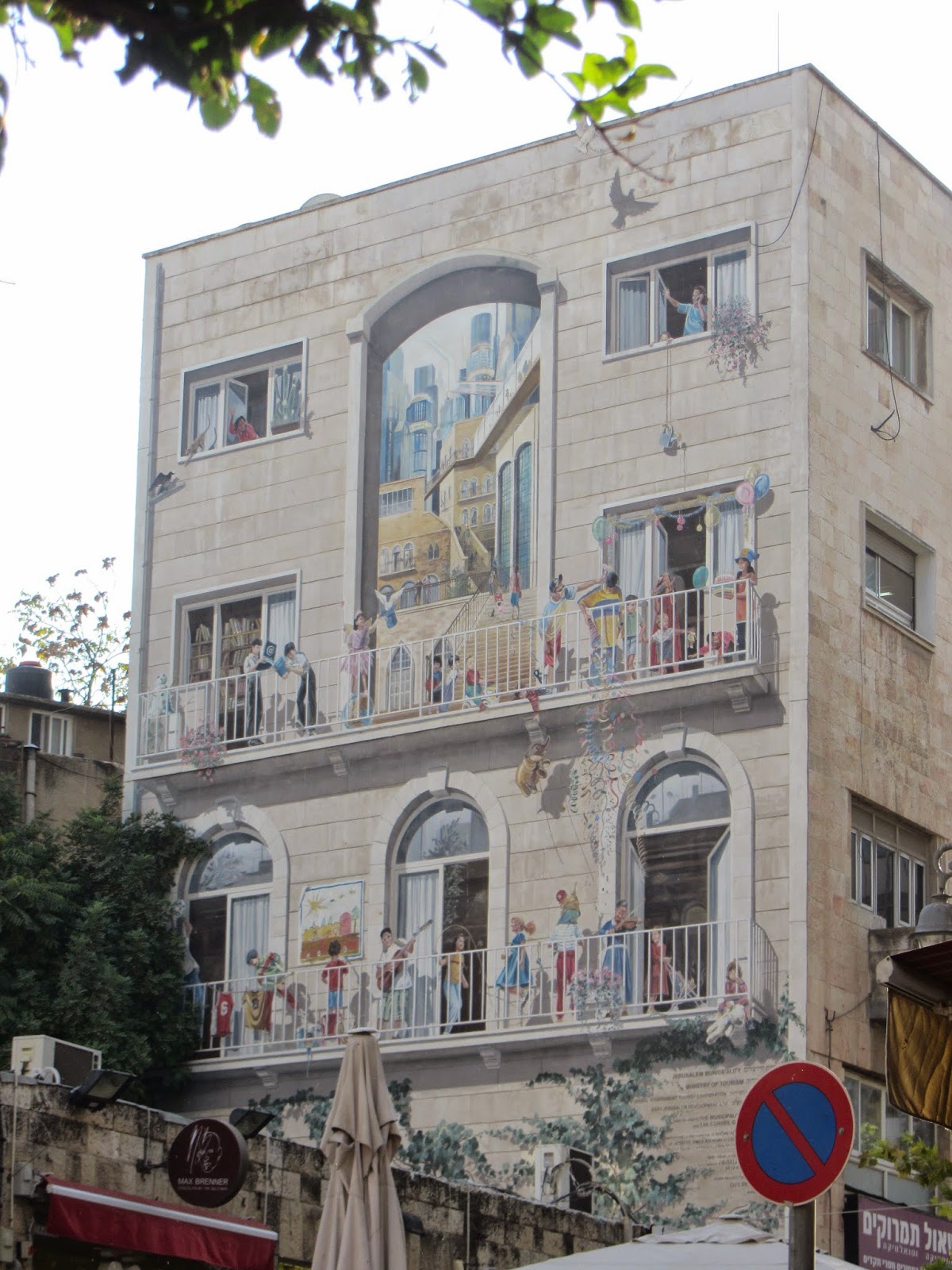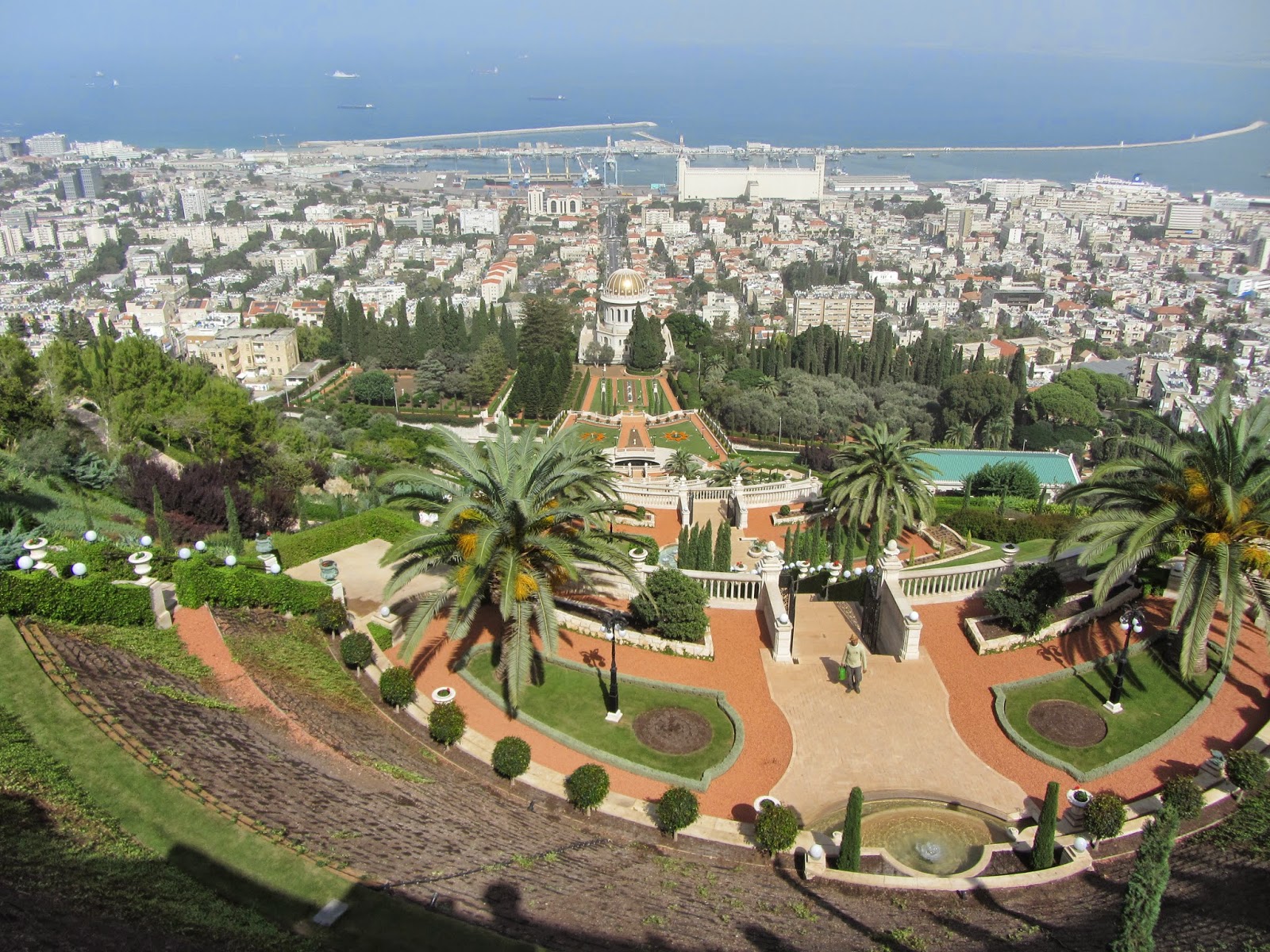 |
| Stone of Unction, Church of the Holy Sepulchre, Jerusalem |
CERN Wife has been resurrected. Its demise in cyberspace occurred more
than two years ago when we returned to Oakland from Ferney-Voltaire, France. I had plans to continue the blog
with essays about life in Oakland and still write about France. But I couldn’t figure out how to change
the subtitle from “Spending a Year in Ferney-Voltaire” – which I wanted to
leave on the blog for the time we were in Europe – to “Oakland Life”. When I changed it, everything changed
to “Oakland Life” – including all the posts I had written in France. I also didn’t want to put the Ferney
postings on a separate page in a navigation bar.
I googled Google, the parents of
Blogspot, to find out who worked on its software. I wanted to get help from the source. No luck. You can google Google but you can’t get any of Google’s
information about its staff. Although
Google can get all sorts of facts (true or not) about all sorts of things and
people, it’s impossible to penetrate Google - especially on Google. So CERN Wife was buried in cyberspace
because of my inability to modify the subtitle in mid-blog.
Every once in a while, I’d think
about reviving cernwife.blogspot.com, but the subtitle dilemma and the boredom
of my Oakland life blocked me. I
resumed my work as an artist. Spouse
has continued his work in the U.S. and at CERN, and he travels to international
physics meetings every few months. In the past two years, CERN Wife has accompanied Spouse to three of these international
meetings.
Voila!
An idea for the resurrection of CERN Wife occurred to me a
month ago when we were at a physics meeting in Crete: just change the subtitle
to include the beginning of the blog up to the present - “Adventures in
Ferney-Voltaire and Exploits of a Nom de Guerre.” Why did it take me two years to think of that?
Now I’ll go back to October, 2012,
three months after we left France.
That’s when I experienced my first exploit as CERN Wife after spending a
year in Ferney-Voltaire. I went
with Spouse to Israel.
 |
| Street of Weizmann Institute, Rehovot, Israel |
Rehovot, Israel
I accompanied Spouse to an international symposium in honor of his dissertation advisor, Itzhak Tserruya, at the Weizmann Institute in Rehovot, Israel. The title of the symposium was “Hot Topics in Hot Matter”. Although the presentations were incomprehensible to me, I couldn’t help but think about physicists’ choices of terms and metaphors to convey their concepts.
 |
| Subject of Symposium |
 |
| International physicists listening to lecture |
 |
| CERN Wife, Yitzhak Maron, and Itzhak Tserruya |
Aside from attending the talks and
the evening celebrations in Rehovot, we toured several spots in Israel.
Jerusalem
Jerusalem, one of the most
beautiful and fought-over cities in the world, was my home for two and a half
years while I was doing my dissertation research. If only Jerusalem lived up to the meaning of its name: city
of peace. One blog post can’t
begin to describe the physical and social changes that have occurred in the
city in the past few decades, or the ethnic and religious diversity of its
citizens, or its beauty and charm.
I won’t even try. A few photos
will suffice.
 |
| The Edicule, Church of the Holy Sepulchre |
 |
| Ultra-Orthodox couple |
 |
| Israelis and Palestinians wait for the light rail train |
 |
| Mahane Yehuda Market |
 |
| Retirees play backgammon, Mahane Yehuda tea house |
 |
| Trompe l'oeil, downtown Jerusalem |
 |
| Trompe l'oeil detail |
 |
| Preety Woman - Boutique with an accent |
Neve Shalom
We spent an afternoon at Neve Shalom/Wahat al-Salam, the only planned
Christian-Jewish-Muslim village in Israel. One of the founders of Neve Shalom
was a doctoral student with Spouse.
The village of over 50 families hosts educational workshops for Israeli
and Palestinian adults, teenagers, and children in their School for Peace. The village’s Fred Segal Library has books
on peace and conflict studies, health and nutrition, and Hebrew and Arabic
literature, as well as rooms for meetings about peace and human rights issues.
 |
| Playground |
 |
| Sign for Library |
Haifa
Haifa is an Arab-Jewish city built
on hills overlooking the Mediterranean port. Perhaps its most famous landmark
is the golden dome of the Shrine of the Bab and the terraced manicured gardens of the Baha'i World Center on the northern slope of Mount Carmel. The
Bab, born in Shiraz,
Persia, in 1820, was the founder of Babism and a forerunner of the
Baha’i faith. He was shot at the age of 30 in Tabriz, Persia. His remains were transported over the
years from Persia to Damascus to Beirut to its final resting place on Mt.
Carmel, where the Bab was interred in a tomb in 1909. The striking Shrine that we see now was
completed in 1953.
 |
| The Baha'i Gardens overlooking the Mediterranean |
 |
| The Shrine of the Bab |
Wadi Nisnas, Haifa's Arab quarter, hosts "art of co-existence" on walls of buildings. One noticeable example is a ceramic piece by Israeli artist, Chaya Toma. A Jewish widow with a young son, she married a Palestinian-Israeli and had another son. Her two boys are represented in the artwork, which has inscriptions on top in both Hebrew and Arabic.
 |
| Ceramic wall art by Chaya Toma |
Israel is a hot topic with many hot
matters. I will discuss none of
them at present. But now with the
resurrection of CERN Wife, perhaps posts on hot topics and hot matters will
appear in the future. After all,
if physicists can discuss such subjects, why can’t anthropologists?

No comments:
Post a Comment